Not every tourist attraction starts as one. Across South Africa, unlikely places—some forgotten, others accidental—have been reimagined into compelling stops for the curious traveller.
From ghost towns to glittering cement owls, these offbeat destinations offer something a little different: a glimpse into the country’s layered, surprising past—and its flair for reinvention.
The Big Hole – Kimberley (Northern Cape)
Picture/The Big Hole/Facebook
Once just a feverish excavation site during the 19th-century diamond rush, the Big Hole in Kimberley has transformed into a heritage marvel. Dubbed the largest hand-dug excavation in the world, it’s a staggering monument to the mania that once gripped the region. Today, visitors can explore the accompanying museum, walk out onto the suspended viewing platform, and stroll through a reconstructed Old Town complete with period buildings that have been preserved or restored to their original glory; these include a church built in Europe and shipped to Kimberley, Barney Barnato’s boxing academy, the digger’s sleeping quarters and the De Beers railway coach, used by Cecil John Rhodes to commute between Cape Town and Kimberley.
The Owl House – Nieu-Bethesda (Eastern Cape)

Picture/Roxanne Reid
The sleepy Karoo village of Nieu-Bethesda hides one of South Africa’s most unexpected artistic treasures. The Owl House, once the home of reclusive artist Helen Martins, is now a museum of outsider art unlike anything else in the country. Enchanted by light and texture, Martins transformed her house and garden into a labyrinth of shimmering crushed-glass walls and cement statues of camels, owls, and mythical beings. The result is both whimsical and haunting—a deeply personal vision turned national curiosity.
Witsand Nature Reserve – Kalahari (Northern Cape)
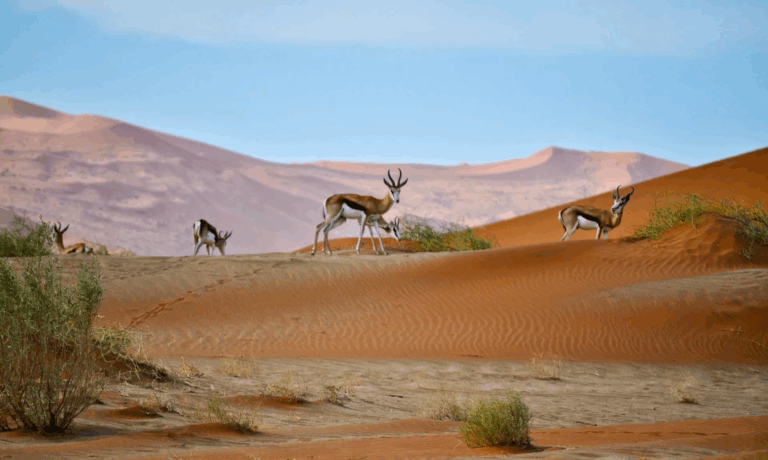
Picture/South Africa
At first glance, Witsand is just another patch of arid Kalahari dunes. But under the right conditions—dry heat, a stiff breeze and shifting grains—these dunes begin to growl. Known for the rare “roaring sand” phenomenon, Witsand’s dunes can emit a deep humming or booming sound that feels almost supernatural. It’s one of only a handful of places on Earth where this occurs. Visitors can camp inside the reserve, explore marked hiking trails, and test the dunes for sound with a well-placed slide down a slope.
ALSO READ: 5 Hidden beach towns in South Africa you need to visit
Pilgrim’s Rest -Mpumalanga
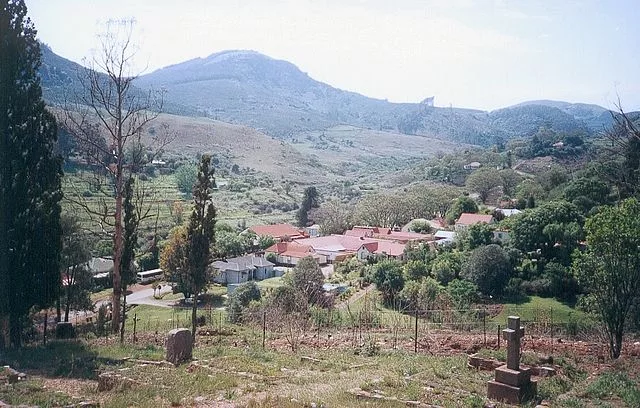
Picture/Wikipedia
Frozen in time and tucked into the hills of Mpumalanga, Pilgrim’s Rest is a gold rush town that outlasted its own boom. Once bustling with prospectors and hopefuls in the 1870s, the town eventually emptied as the gold dried up. Today, it’s an open-air museum village where you can visit restored miners’ houses, the original post office, and even try your hand at panning for gold. Though tourism revived its economy, the preserved facades and old-world signage make it feel like history never moved on.
Boesmansgat Sinkhole, Near Danielskuil (Northern Cape)
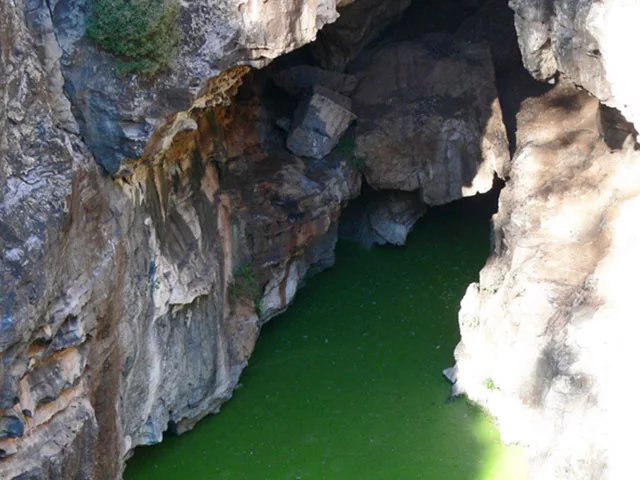
Picture/Danielskuil
For those who think South Africa’s wonders are only above ground, Boesmansgat offers a descent into the abyss. This remote freshwater sinkhole near Danielskuil plunges over 270 metres deep and ranks among the deepest of its kind globally. Once just a curious geological feature in a quiet region, it has become a holy grail for cave divers, especially those chasing records. While it’s not a casual visitor site, the stories of daring dives and the eerie silence of the area are enough to pique any adventurer’s interest.
Cango Caves – Oudtshoorn (Western Cape)
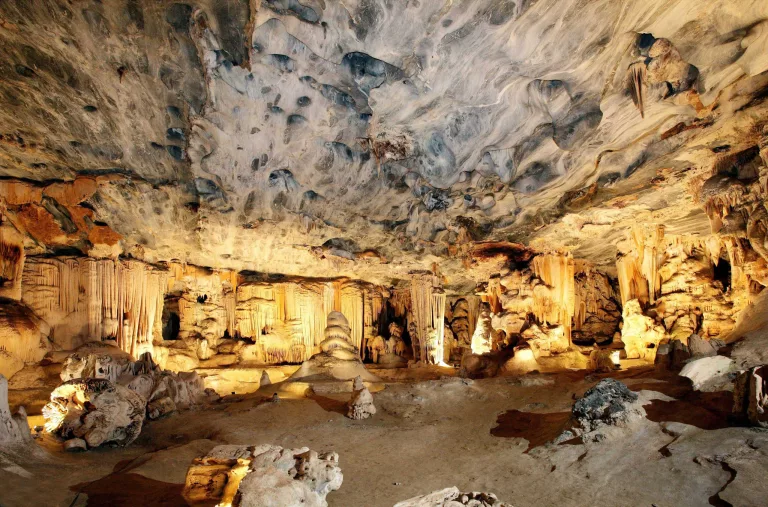
Picture/Cango Caves
Before it became one of South Africa’s best-known attractions, the Cango Caves were used for shelter by early farmers and then neglected for years due to safety concerns. Today, these extensive limestone chambers near Oudtshoorn are fully lit and open to casual visitors and adventure seekers. The standard tour winds through dramatic halls of stalactites and stalagmites, while the adventure version squeezes guests through narrow tunnels with names like “Devil’s Chimney” and “Postbox”. It’s tourism with a touch of caving suspense.
The Post Office Tree – Mossel Bay (Western Cape)
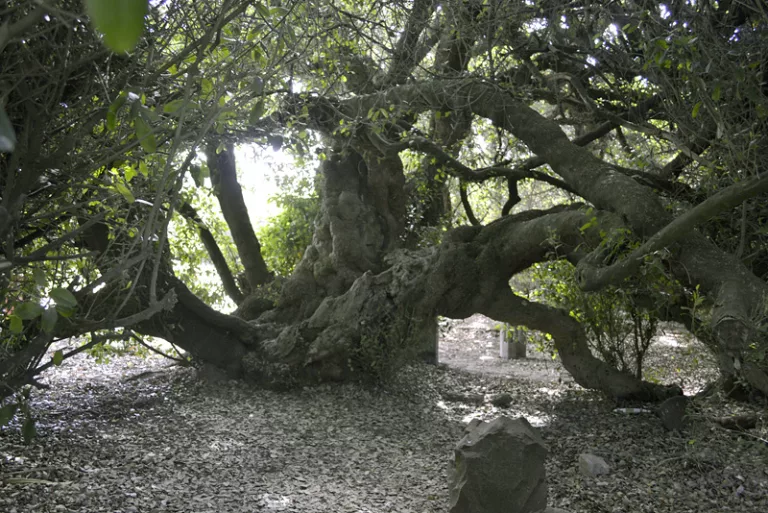
Picture/Paul Parsons/Where To Stay
In the days of Portuguese exploration, sailors needed a creative way to communicate. One ingenious solution was to leave letters in an old boot beneath a milkwood tree in Mossel Bay. That 500-year-old tree is now the centrepiece of the Bartolomeu Dias Museum Complex—and it’s still used as a working postbox. Visitors can learn about early sea voyages, explore a life-size replica of Dias’ caravel, and send postcards postmarked with a special stamp, just as the early explorers once hoped their letters would be carried home.
Leydsdorp Ghost Town (Limpopo)

Picture/The Wildebeest
Once tipped to become the new Johannesburg during the 1890s gold rush, Leydsdorp quickly faded into obscurity when richer seams were found elsewhere. What remains is a ghost town atmosphere with surprisingly intact relics: a stone church, a colonial-era hotel, and dusty streets that feel like a Wild West film set. Though technically a semi-abandoned village, Leydsdorp now attracts visitors keen on history, photography and eerie quiet. Local legends claim the spirits of early miners still linger.
Fort Amiel – Newcastle (KwaZulu-Natal)

Picture/Battlefield Region Guides
Fort Amiel was once a strategic hilltop fortress built in 1876 as a British stronghold during the Anglo-Zulu War. After decades of neglect, it’s now a well-kept museum complex with restored barracks, parade grounds and old military artefacts. While it flies under the radar for many tourists, the fort offers a layered narrative of colonial warfare, settler life and changing allegiances—all against sweeping views of the surrounding landscape.
Verneukpan, Near Kenhardt (Northern Cape)
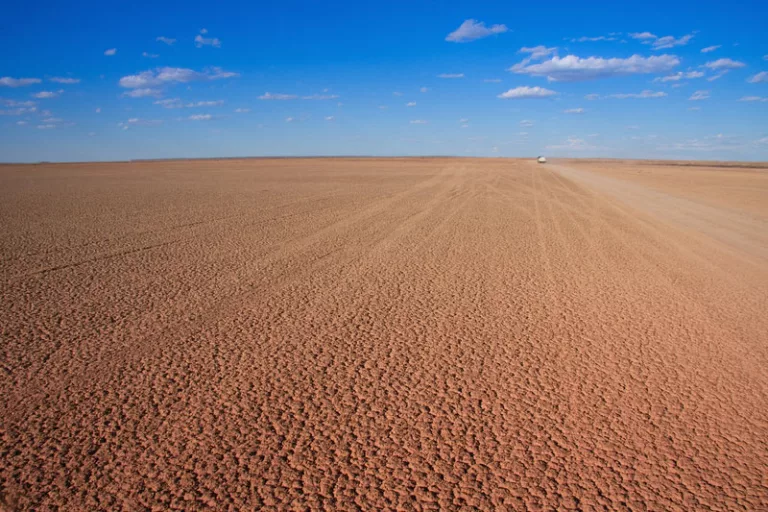
Picture/SA Venue
Verneukpan’s name means “deception,” and it fits. This vast salt pan seems flat and endless—ideal, some thought, for setting a land-speed record. In 1929, Sir Malcolm Campbell came close, but never succeeded. Today, the cracked-earth basin remains a favourite for wild campers, stargazers and photographers looking to capture the surreal expanse. It’s harsh, remote and oddly hypnotic—especially under a full moon or thunderstorm.
Rondevlei Nature Reserve – Cape Town (Western Cape)
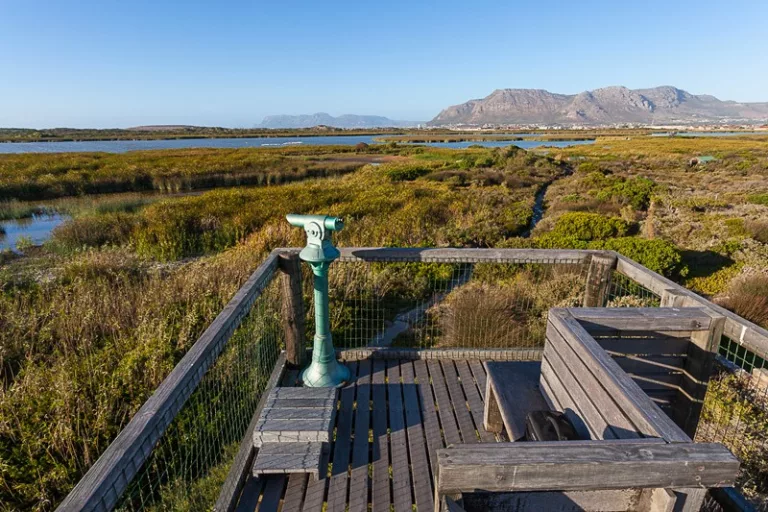
Picture/Cape Town Green Map/Arne Purves
Once a neglected and polluted wetland, Rondevlei has undergone a quiet transformation into one of Cape Town’s most underrated nature reserves. Tucked away in the suburb of Grassy Park, it’s now home to hippos, over 230 bird species, and floating hides for birdwatchers. The reserve is also part of the False Bay Nature Reserve; for city-dwellers and visitors alike, it offers an unexpected patch of wilderness in the urban sprawl.
The Labyrinth at The Edge – Hogsback (Eastern Cape)
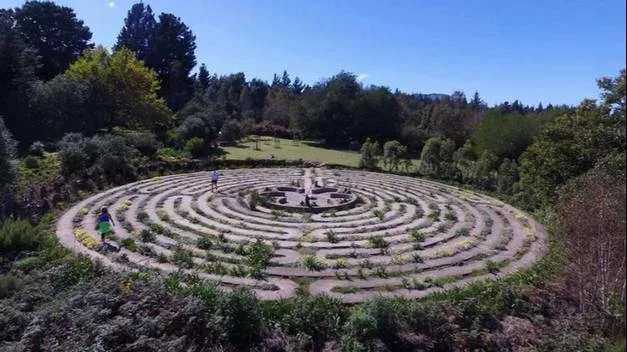
Picture/The Edge Mountain Retreat
What was once an unused grassy slope in the mountain village of Hogsback is now a spiritual stopover for travellers seeking introspection. The labyrinth at The Edge Mountain Retreat is a 30-metre diameter copy of the famous Chartres labyrinth in France. With the Amatola Mountains as a backdrop, it’s a meditative walk in a mystical place that many believe inspired The Lord of the Rings. Even sceptics admit it’s hard not to feel something when the mist rolls in.
Follow us on social media for more travel news, inspiration, and guides. You can also tag us to be featured.
TikTok | Instagram | Facebook | Twitter
ALSO READ: New nature reserve in KZN to protect endangered species

